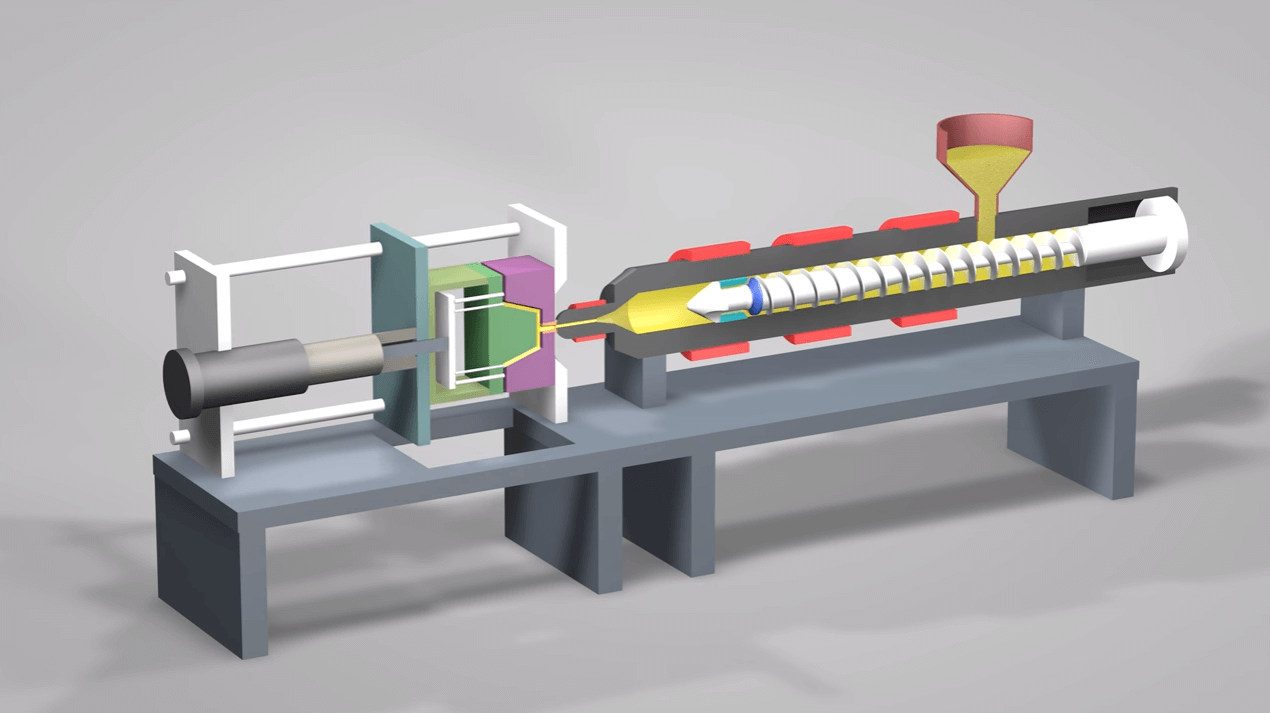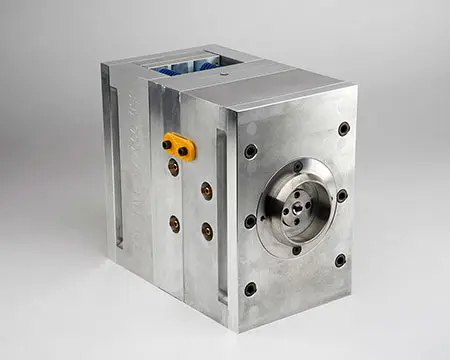Just How Plastic Injection Molding Makes Certain Consistency and Accuracy in Manufacturing
Just How Plastic Injection Molding Makes Certain Consistency and Accuracy in Manufacturing
Blog Article
Recognizing the Fundamentals of Plastic Injection Molding Processes
Plastic injection molding works as a keystone of modern manufacturing, giving a methodical method to generating complicated parts with accuracy. This procedure not just incorporates the fundamental steps of melting and injecting products right into mold and mildews yet also involves a nuanced understanding of numerous influencing factors, such as temperature and pressure. As sectors increasingly demand efficiency and high quality, the ins and outs of this technique come to be extra crucial. Checking out these necessary elements might expose exactly how even minor adjustments can bring about significant improvements in manufacturing end results, elevating questions regarding the potential for technology in this well-known procedure.
What Is Plastic Shot Molding?
Plastic shot molding is a widely used production process that changes thermosetting and thermoplastic products into precise and intricate shapes. This strategy is favored for its ability to generate high quantities of the same get rid of outstanding accuracy, making it a vital method in numerous sectors, including vehicle, durable goods, and clinical gadgets.
The procedure includes melting the selected plastic product and infusing it right into a mold under high pressure. The mold, created to the specs of the preferred part, allows the liquified plastic to form as it solidifies and cools. As soon as the material has actually solidified, the mold is opened, and the finished part is expelled.
Plastic shot molding provides a number of advantages, consisting of minimized waste, uniformity in production, and the capability to include complex layouts that might be testing with various other producing approaches. Additionally, it sustains a wide series of products, each offering special homes that can be tailored for particular applications. As sectors remain to innovate, plastic shot molding stays at the center, allowing the advancement of innovative items that fulfill advancing customer demands.
The Injection Molding Refine
The shot molding process is an innovative strategy that includes several essential stages to produce top quality plastic elements. Originally, plastic pellets are fed right into a warmed barrel where they are thawed right into a thick fluid. This molten plastic is then infused under high pressure into a precision-engineered mold, which shapes the product into the desired form.
When the mold and mildew is filled, the plastic is enabled to solidify and cool, taking the shape of the mold tooth cavity. Air conditioning time is essential, as it influences the cycle time and the last homes of the shaped component. After enough cooling, the mold and mildew opens, and the finished component is ejected utilizing ejector pins.

Products Utilized in Shot Molding
Numerous materials can be utilized in the shot molding process, each offering special buildings that provide to certain applications. One of the most frequently made use of materials include thermoplastics, thermosetting plastics, and elastomers.

Thermosetting plastics, like epoxy and phenolic resins, go through a chemical adjustment throughout the healing process, causing a rigid, stringent structure. These materials are ideal for applications needing high warm resistance and architectural integrity, usually utilized in automotive components and electric insulators.
Elastomers, consisting of silicone and rubber-based materials, offer versatility and resilience. Their distinct residential or commercial properties make them appropriate for applications that demand flexibility, such as seals and gaskets.
Additionally, specialized products like bio-based plastics and compounds are acquiring grip for their ecological benefits and improved performance characteristics, broadening the extent of shot molding applications in different sectors. Recognizing the buildings of these materials is important for selecting the suitable kind for particular projects.
Benefits of Injection Molding
Shot molding stands apart as a very reliable manufacturing procedure that uses various advantages for generating complex get rid of accuracy. One of one of the most significant advantages is the capacity to produce detailed designs that would certainly be challenging or difficult to achieve with various other approaches (Plastic Injection Molding). The procedure enables limited tolerances and in-depth functions, making sure top notch components
In addition, shot molding is understood for its quick manufacturing abilities, making it an excellent selection for high-volume manufacturing. As soon as the mold and mildew is created, components can be generated promptly, lowering preparations and raising total efficiency. This efficiency not only lowers production expenses yet additionally offers an one-upmanship out there.
The flexibility of materials used in injection molding additionally enhances its appeal. A variety of thermoplastics and thermosetting polymers can be employed, allowing suppliers to pick products that finest fulfill their specific demands, consisting of adaptability, toughness, and warmth resistance.
Furthermore, the process lessens waste, as excess material can usually be reused and reused. This sustainability facet adds to a reduced environmental influence, making injection molding a responsible manufacturing option. Generally, the advantages of injection molding make it a favored approach for many markets.
Factors Impacting Item Top Quality
While numerous variables can influence product top quality in injection molding, comprehending Our site these components is crucial for accomplishing optimum outcomes. Trick aspects include product selection, refining criteria, and mold and mildew style.
Product option plays an essential duty, as different polymers display one-of-a-kind residential properties that impact flowability, stamina, and thermal security. Inadequate product selection can result in flaws such as warping or incomplete filling.
Processing criteria, consisting of pressure, cycle, and temperature level time, have to be meticulously regulated. Variants in these setups can lead to visit this page variances in part measurements and surface coating. Exceedingly high temperature levels might trigger destruction of the polymer, while insufficient pressure can result in brief shots.
Mold and mildew style is just as crucial, as it establishes the circulation of the molten plastic and the cooling process. Inadequately made mold and mildews might bring about uneven cooling prices, leading to residual stresses and dimensional inaccuracies.

Final Thought
To conclude, plastic injection molding acts as a vital production procedure that allows the reliable manufacturing of top notch parts. Proficiency of the shot molding process, consisting of the understanding of materials and the impact of various variables on product quality, is essential for achieving optimal outcomes. The benefits of this approach, such as cost-effectiveness and design adaptability, more emphasize its importance throughout numerous industries, solidifying its condition as a recommended choice for high-volume production.
Plastic injection molding offers as a cornerstone of modern-day production, supplying a systematic method to generating complex elements with precision.Plastic shot molding supplies a number of advantages, consisting of minimized waste, consistency in manufacturing, and the capacity to integrate intricate designs that may be challenging with other manufacturing techniques (Plastic Injection Molding). As sectors continue to innovate, plastic injection molding remains at the center, enabling the development of sophisticated products that meet developing customer demands
The injection This Site molding procedure is an innovative technique that entails a number of key stages to create high-quality plastic parts.In verdict, plastic injection molding offers as a vital production procedure that makes it possible for the effective manufacturing of top quality elements.
Report this page